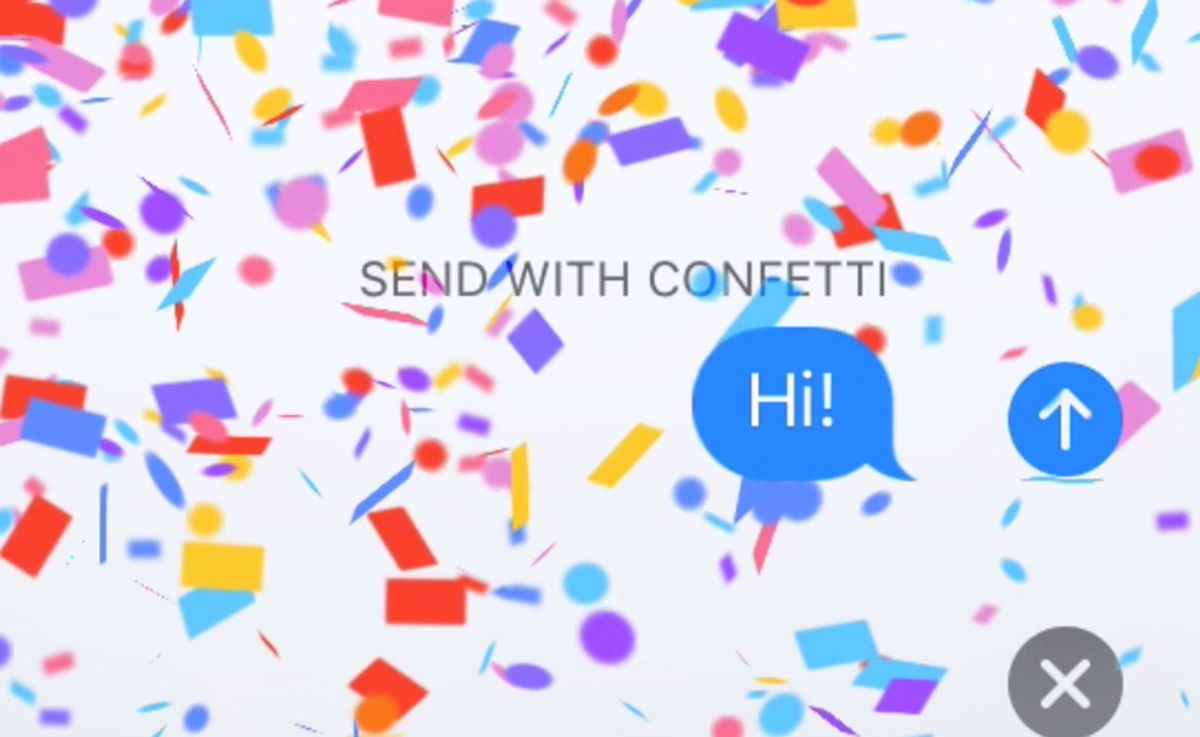Sometimes it obsesses me. This is the first thing that gets old on an iPhone and other electronic devices: the battery. Its technology remains largely the same from the original iPhone to the iPhone 16. And if you’re my age, you may have been charging iPhone batteries since 2008, or even earlier if you were already walking around with an iPod in your pocket. This is why Good habits for taking care of your Apple phone always focus on its battery.
That is why, following the experience of these loads and what my clients ask me about the best way to do it, I have a series of rules for anyone who wants to maximize iPhone battery life. They are simple and can have many long-term benefits.
Wireless charging isn’t bad, but use cable if you can
The induction charging offered by the iPhone via its MagSafe bases or any charger meeting Qi standards is very practical, because it allows you to simply leave the device on a support or base to recharge it. Now, this is a solution that can further degrade your battery because you’re forcing it to work harder while charging. That too increases the temperature of the terminal furtherand if you don’t align the iPhone correctly on the base you also lose efficiency.
I’m not saying to throw away all your wireless chargers. Simply, if you want your iPhone battery to last longer, always try to prioritize wired charging.
Always use original or certified chargers in good condition


Yes, it’s that simple. The key to good battery charging always starts with the charger you use. The charging cable and/or adapter you use does not need to be from Apple, but always it should be the one that is MFi certified to avoid unnecessary risks. There’s a lot more going on behind a cable than you think to ensure it’s free from overloading.
Using a cable without the necessary protections or an adapter without the proper amperage or wattage can cause the iPhone to strain the machine and punish the battery more than it should. If you have doubts about any of your accessories, it is best to use the official cable and charger.
Slow charging is always better than fast charging
Fast charging is one of the best solutions for those times when we are in a hurrybecause it can increase the charge by more than half from nothing in just half an hour. This is something I discovered recently with my Apple Watch Series 9 and I’m glad it did.
Now: make sure you always use it. Fast charging puts more strain on the battery and accelerates its degradation over time. SO, If you charge the battery overnight or are not in a hurry, it is best to use a “slow” charger like the typical 5W from Apple. In a few years you will appreciate it.
This also applies to induction: as it generally has a lower voltage (although unfortunately some of the energy is lost or converted to thermal energy, to be precise), induction is also a good alternative
If you don’t use power strips, you run less risk


Power strips sometimes break down. My obsession with avoiding fires leads me to put them out every night…and the load from the countless devices we have at home can lead to overload. This gives the plugs much more value, but Where they are rare, we always end up placing power strips.
This is of course not a bad idea. But it depends on the power strip you place (and its quality) that the iPhone’s charge is more stable and is not exposed to voltage variations. Therefore, if it is possible for you, looking to charge that iPhone by connecting the adapter directly to the outlet you have on the wall. In the long run, the battery will notice.
If iPhone is hot, don’t force it to charge


The most classic of warnings: if you have used your iPhone intensively, or because it is moving from one iPhone to another, which is typical when you have just purchased or updated it, wait until it cools down before charging it. Please listen to us. Better to wait a little after a long call for example. Or directly avoid charging it while using it. This is an expert recommendation.
Charging, particularly wireless and fast, phone temperature usually increasesaggravating the problem. Charging at more room temperature is less painful charging, you can always try tricks like cooling the charging base.
If you enable airplane mode, charging is faster


Charging your iPhone in Airplane Mode has its benefits: Since the phone doesn’t need to search for mobile data or WiFi coverage, it works less hard and can focus more on charging its battery. Several sensors also stop working in this mode, and even more so if you turn Bluetooth off. If the battery discharges more slowly, it charges sooner.
Of course, be careful: activating airplane mode prevents accessories such as HomePods or Apple Watch from working optimally. Keep this in mind, although it won’t be a problem if you charge the iPhone overnight.
Don’t obsess over 0% and 100%
Not one, not ten, not zero: don’t be obsessed. But if you’re still worried, I’ll end with what more and more people have asked me over the years: Should you wait until the iPhone battery dies before charging? Do you have to wait until it is fully charged before unplugging it? No, it’s not necessary. Connect and disconnect your iPhone whenever you want and need it.
Now, if you want to increase the longevity of this battery, it is ideally best to keep it above 20% charge. The iPhone 15 and iPhone 15 Pro also have a mode that limits charging to 80%, which the iPhone 16 has improved on.


To enable download limit, follow these steps:
- Enter system settings
- Scroll down to the “Battery” section
- Now tap on the “Load” section
- You will see that you can establish two security measures, or enable optimized charging — whatever percentage you choose, the system will perform safety measures — or simply press “set load limit”, which will adjust the bar up to 90%.
This is the recommended estimate because, according to the company itself, it also helps extend battery life.
In Applesfera | When to change the iPhone battery: symptoms, percentages and how to change it step by step
In Applesfera | We haven’t understood the battery health of iPhones for years, so Apple decided to clarify our ideas
Table of Contents











